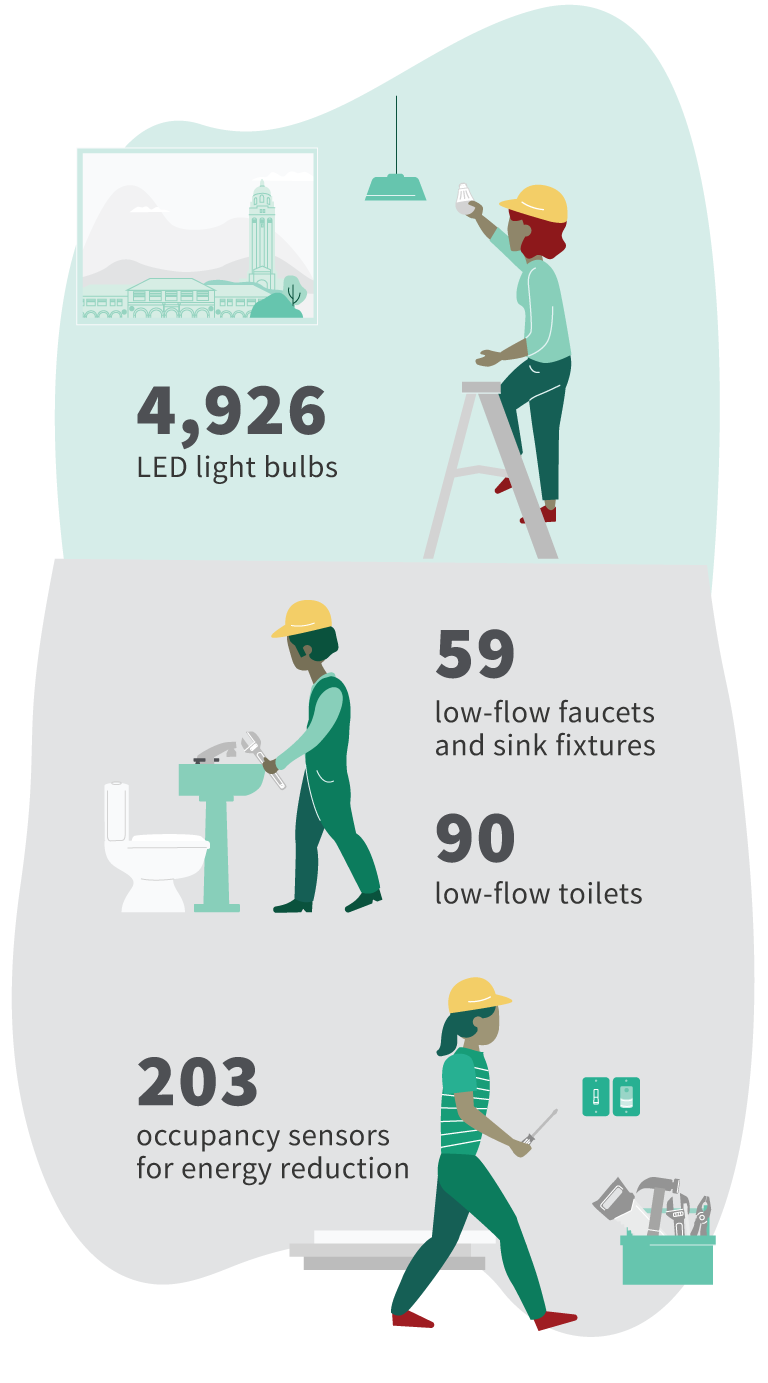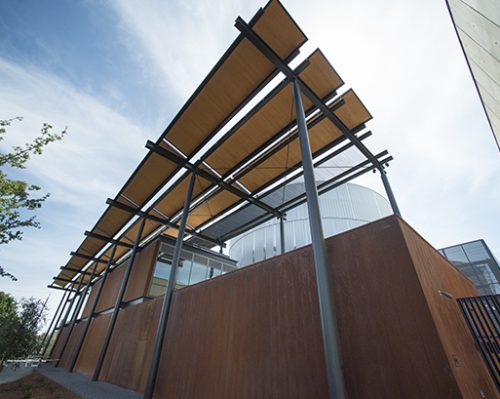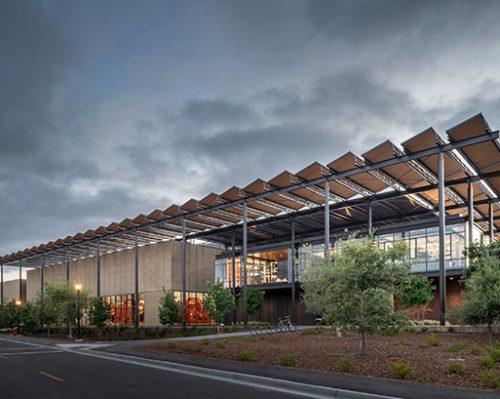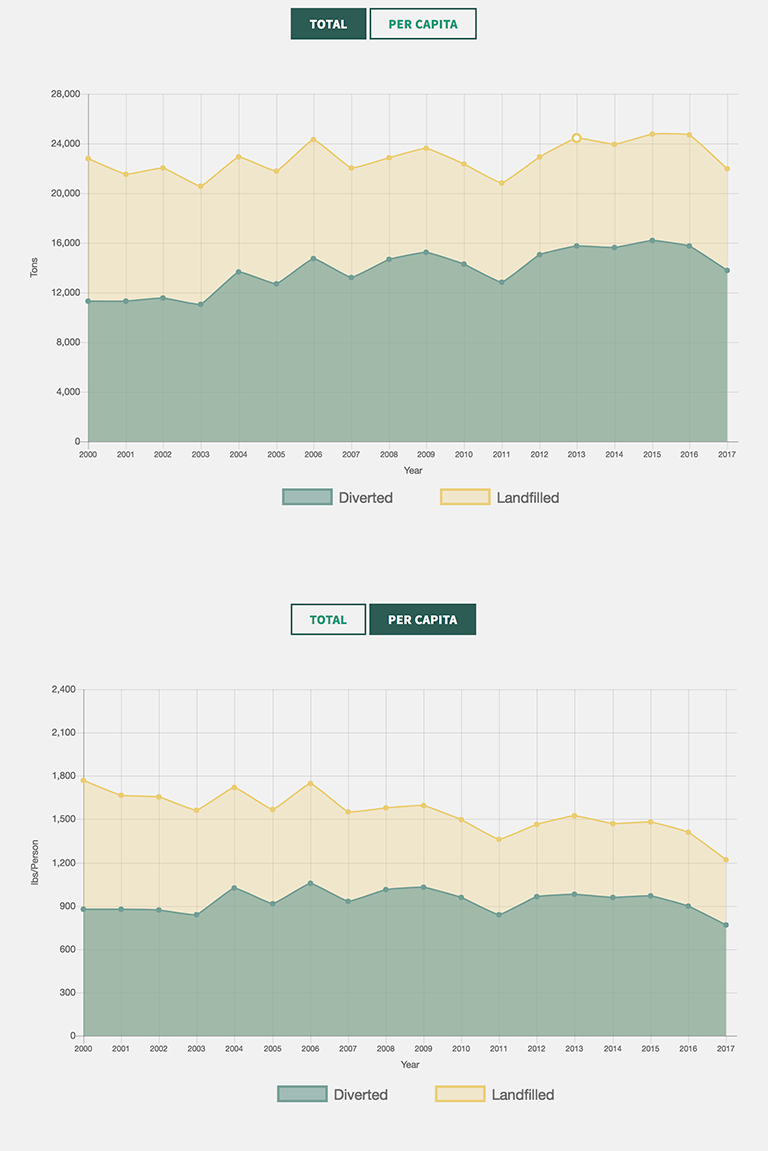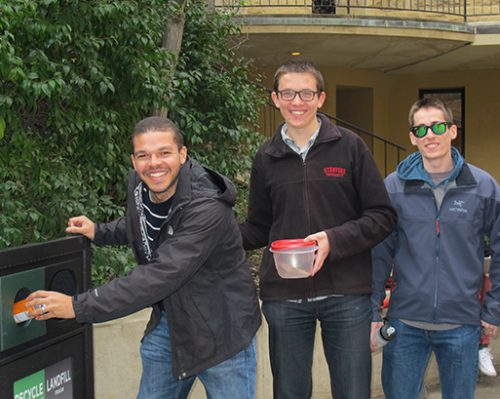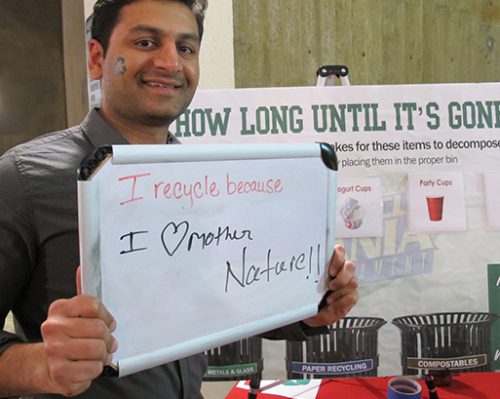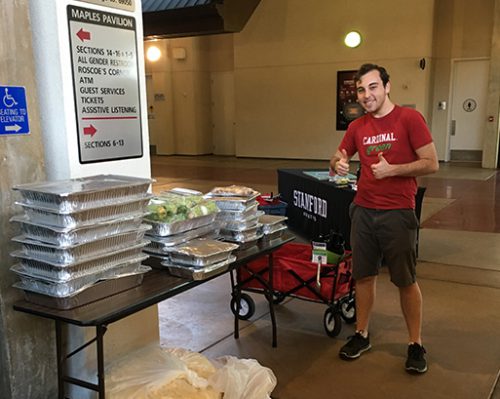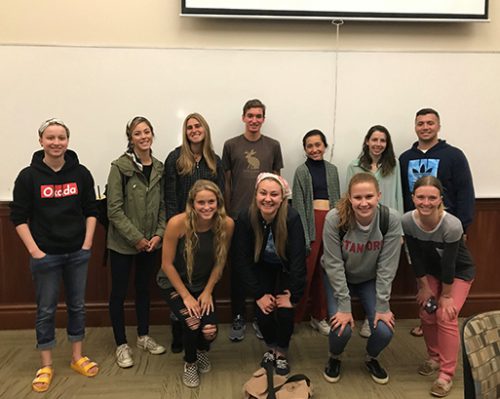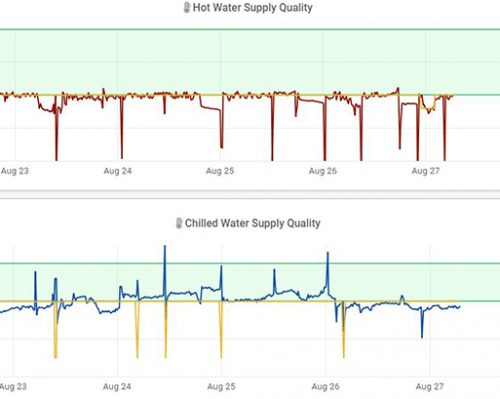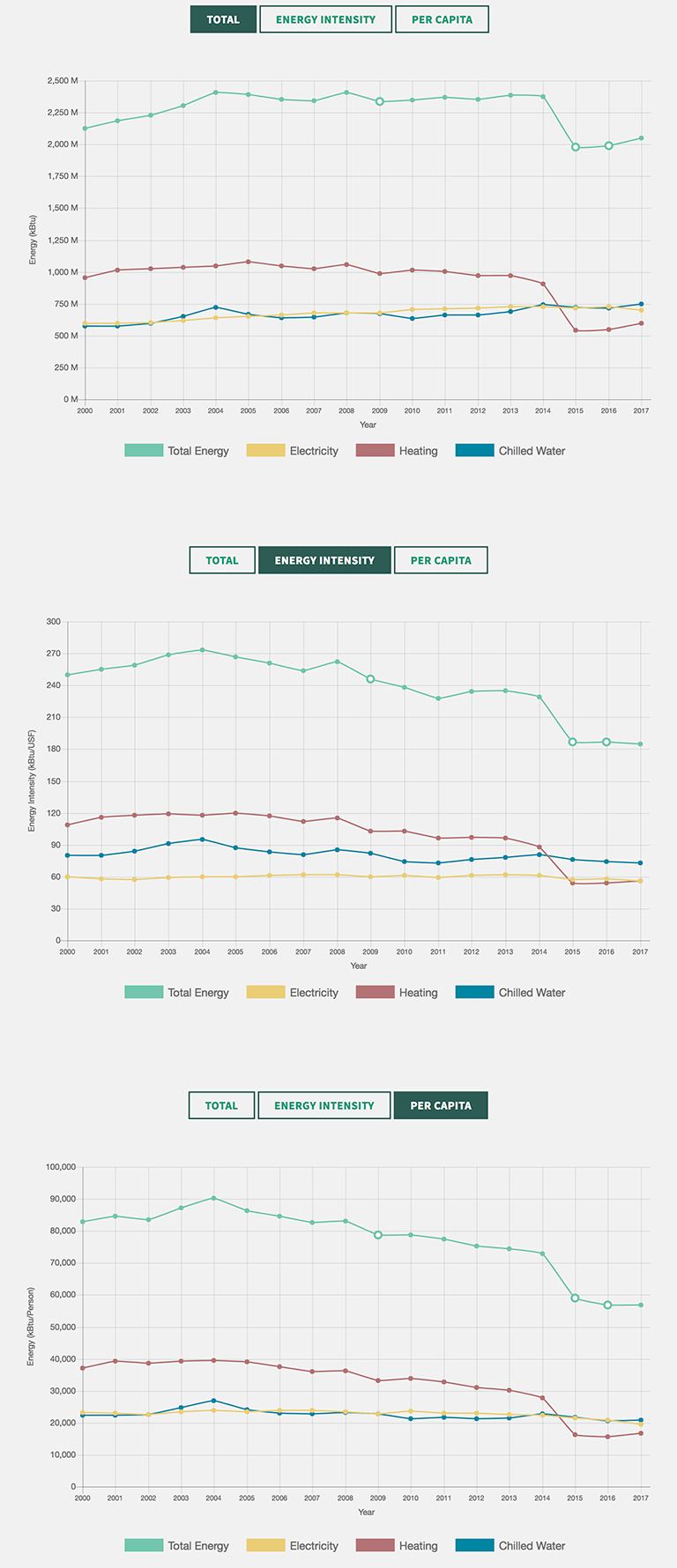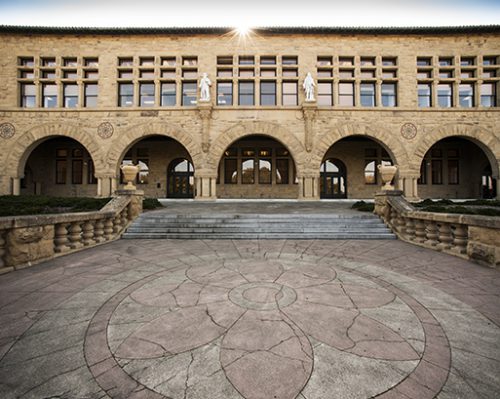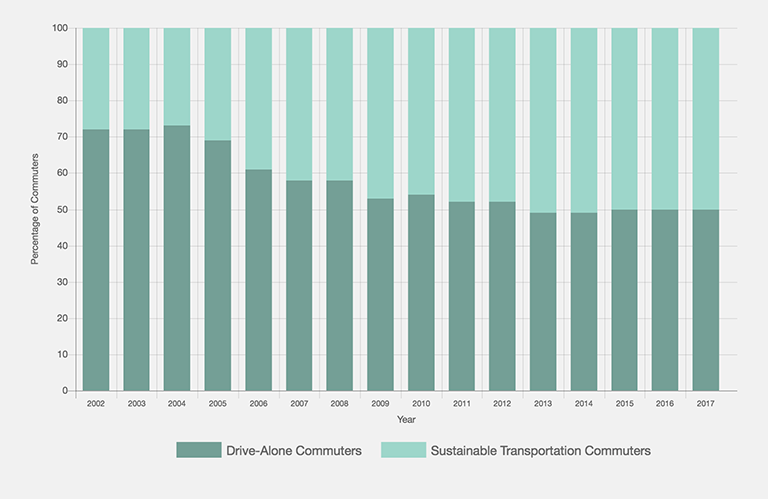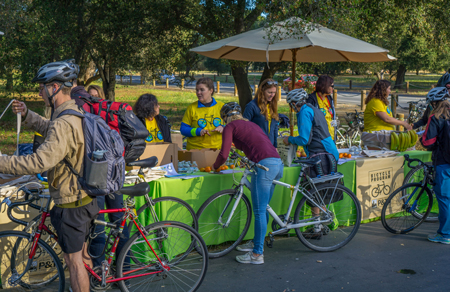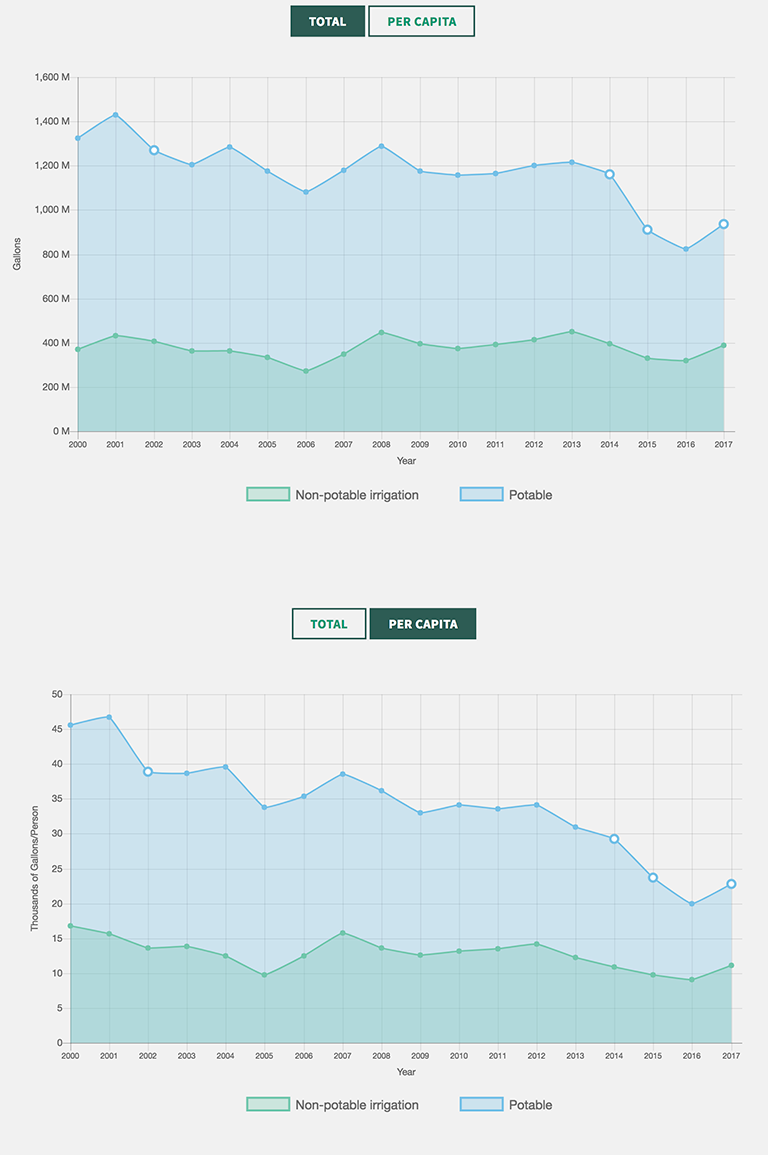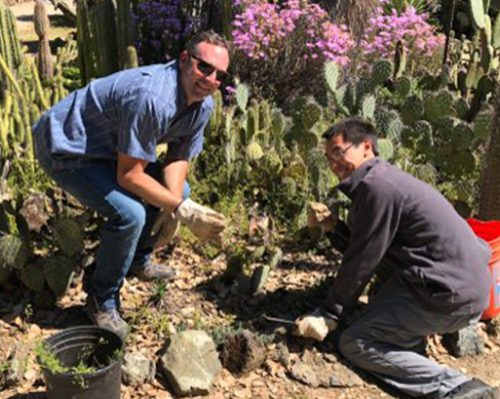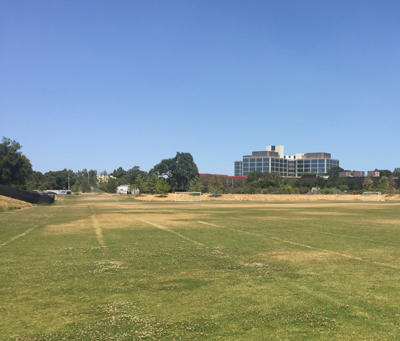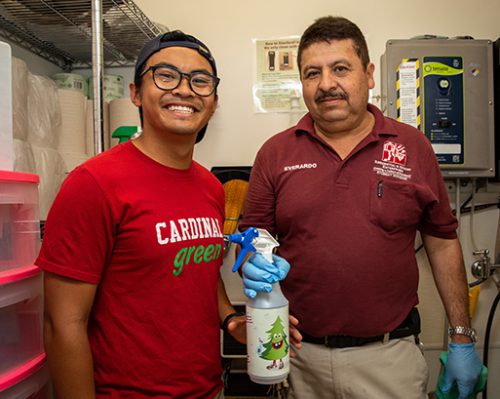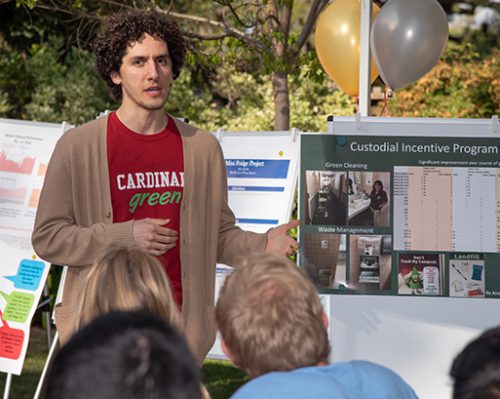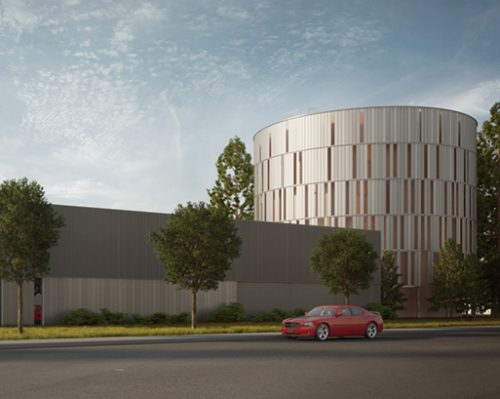“By engaging in sustainability-focused research and education, as well as reducing the university’s own environmental impact, we can create a healthier environment now and for generations to come. We believe that Stanford’s spirit of innovation and optimism position us to develop sustainable solutions for our region, nation, and world, with the Stanford campus itself as a test-bed to advance progress.”Stanford President Marc Tessier-Lavigne and Stanford Provost Persis Drell
Sustainability at Stanford

Stanford eagerly takes on new challenges and opportunities in sustainability, continually raising the bar in efforts to reduce its environmental footprint. The entire campus community works together to advance bold visions and innovative programs that address climate change.
Our 2017-18 progress is a testament to this vision, and charts our progress, especially as we work toward reaching two new sustainability goals announced in May–to become 80% carbon free by 2025 and achieve zero waste by 2030.
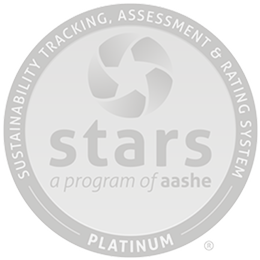
85.7%
STARS
Score
Earned Stanford a Platinum rating through the Sustainability Tracking, Assessment & Rating System (STARS) of the national Association for the Advancement of Sustainability in Higher Education (AASHE).
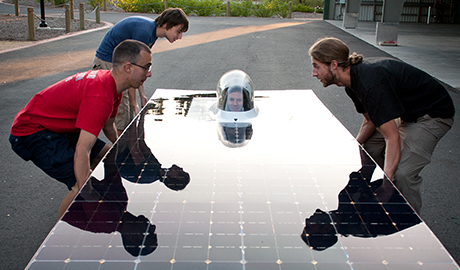
The efficiency and conservation programs illustrated in this annual report underscore the breadth of the commitment by the Department of Sustainability and Energy Management and more than 35 academic and operations departments to reduce the collective footprint of our campus. We continue to measure and analyze the effectiveness of our sustainability programs to gain insight and identify opportunities for further improvement.
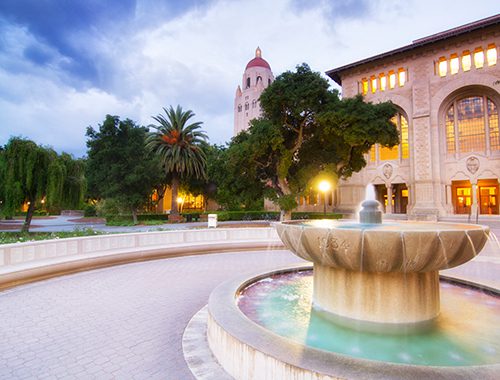
Innovation and efficiency drive Stanford’s sustainability mission and its implementation, yielding consistent improvement in performance while the campus continues to grow.
Collectively, the actions we take and choices we make as a campus community represent a powerful way for the university to lead by example as a living lab.
Integrated Research and Sustainability Curricula
Sustainability is a topic that is deeply interdisciplinary from top to bottom, and thus requires the best from all Stanford’s theories, methods, and knowledge. The university has taken up President Tessier Lavigne’s call to “be inspired by the issues of our time,” and “deploy Stanford’s tremendous strength and vast intellectual property for the benefit of humanity.”
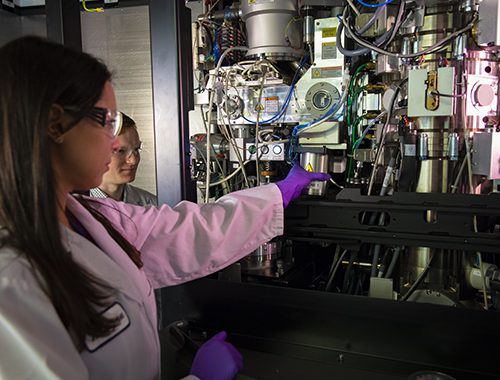
Stanford utilizes this intellect to drive forward pioneering research and teaching on energy, natural resources, and environmental sustainability that are transformative for the world at large.
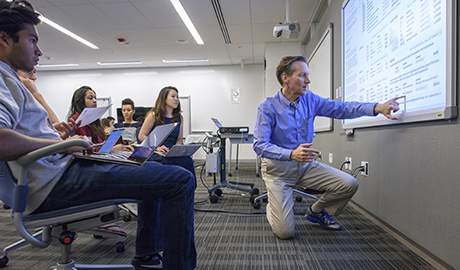
Programs across campus work to establish multi-disciplinary solutions to our complex environmental challenges, to create a more livable planet, and to educate generations of scientific and policy leaders dedicated to the cause. Two unique Stanford properties, the O’Donohue Family Stanford Educational Farm and the Jasper Ridge Biological Preserve, provide a natural laboratory for researchers from all over the world, as well as educational experiences to students and visitors.
Across all seven schools at Stanford,
sustainability-related endeavors in 2017-18 included:







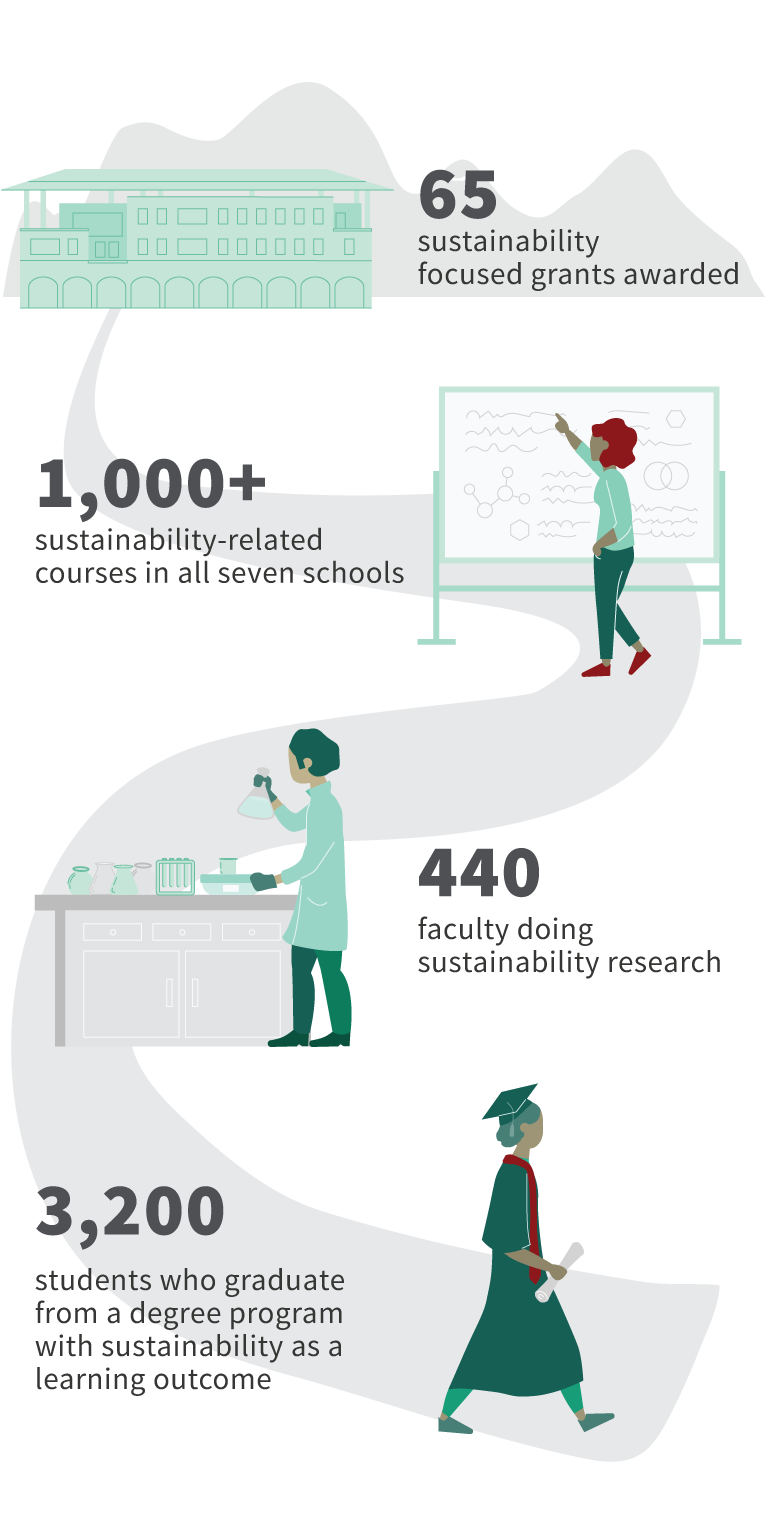
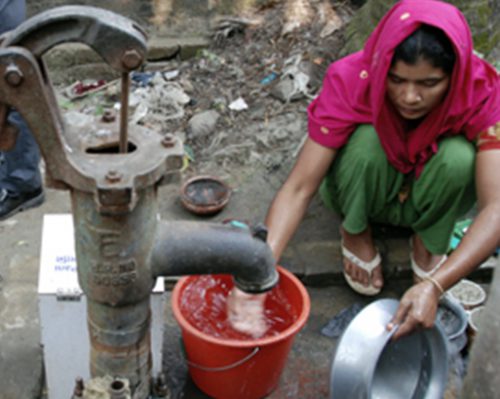

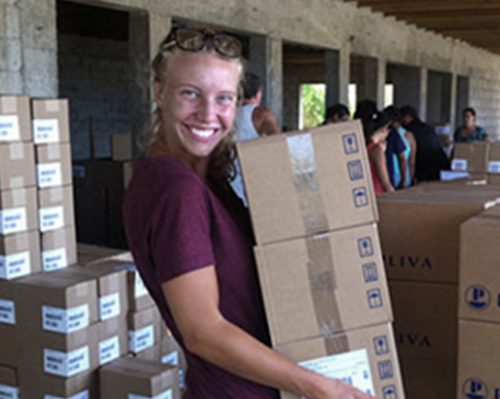
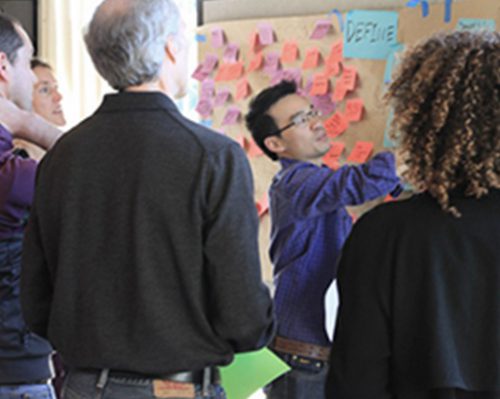
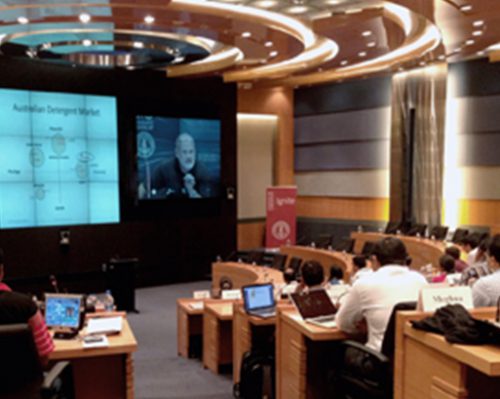

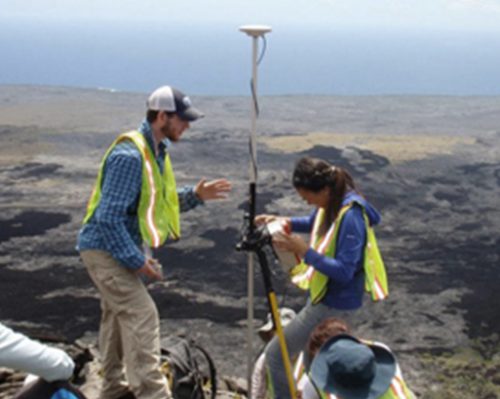




Academic Partners
STANFORD WOODS INSTITUTE FOR THE ENVIRONMENT
PRECOURT INSTITUTE FOR ENERGY
HAAS CENTER FOR PUBLIC SERVICE
HASSO PLATTNER INSTITUTE OF DESIGN
GRADUATE SCHOOL OF BUSINESS
GRADUATE SCHOOL OF EDUCATION
SCHOOL OF EARTH, ENERGY & ENVIRONMENTAL SCIENCES
SCHOOL OF ENGINEERING
SCHOOL OF HUMANITIES AND SCIENCES
SCHOOL OF LAW
SCHOOL OF MEDICINE
Becoming 80% Carbon Free by 2025
Stanford has taken visionary steps to reduce its reliance on fossil fuels. The university’s Energy and Climate Plan, first published in 2008 and last updated in 2015, took a comprehensive, long-term approach to reduce greenhouse gas emissions while meeting the energy supply needs of the campus. As an outcome of the plan, the university transformed its energy system through the Stanford Energy System Innovations (SESI) project, transitioning the campus energy supply from one based on fossil fuels, to an innovative electric heat recovery system that incorporates renewable energy from on and off-campus solar to achieve significant results.
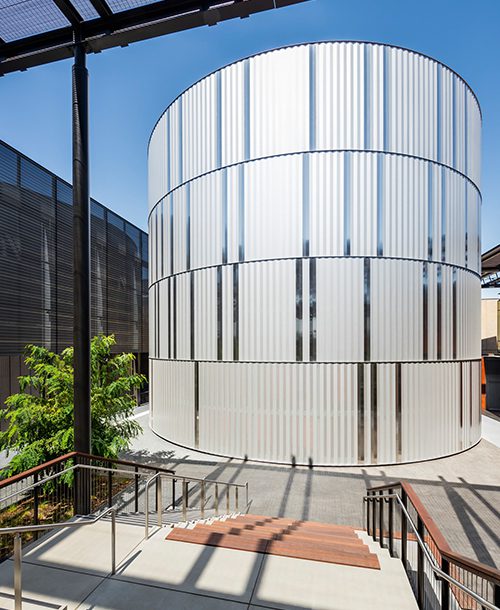
Stanford’s energy portfolio now includes 65% renewable content, and that proportion is expected to rise dramatically in the future to meet the new goal of becoming 80% carbon neutral by 2025. The three primary strategies the university will explore to reach this target include increasing its energy portfolio to 100% renewable, lake water heat exchange, and electrifying its vehicle fleet.
Publicly Reported Historical GHG Emissions
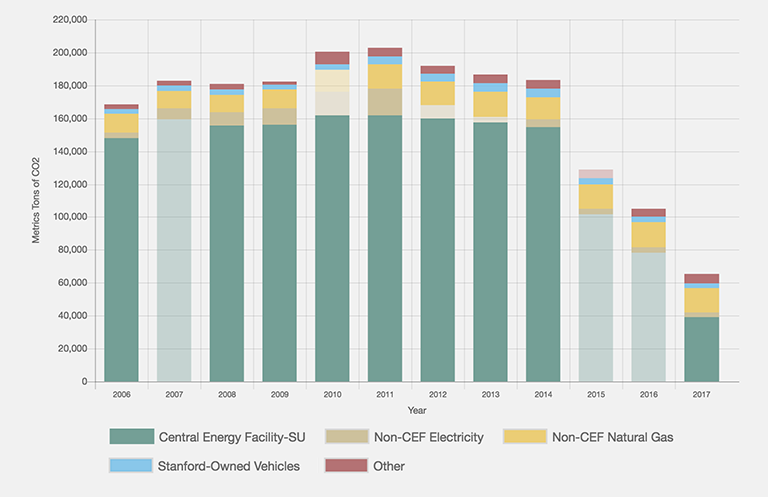
This chart depicts Stanford’s publicly reported and third-party verified Scope 1 and 2 emissions over time, which capture emissions associated with Stanford’s building energy consumption, fleet fuel usage, and process and fugitive emissions. It does not include indirect Scope 3 emissions associated with commuters and air travel. You can view Scope 3 emissions trends here.



















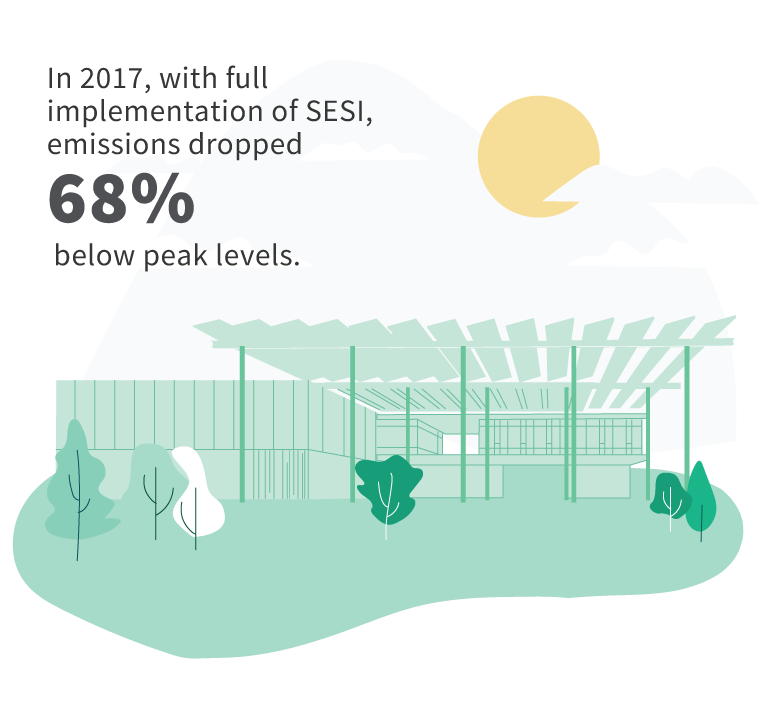
Charting the Path to Zero Waste by 2030
Managing the campus’s reusable resources to minimize waste is a crucial component of campus sustainability. President Tessier-Lavigne singled this out as a priority in the long-range planning process, targeting zero waste – defined as a diversion rate of 90% or higher – by 2030.
Stanford’s waste reduction, recycling, composting, and solid waste program serves all academic and athletic areas, Residential & Dining Enterprises (R&DE), Faculty Staff Housing, Stanford University Medical Center, SLAC National Accelerator Laboratory, and all associated construction sites. The university is actively expanding its recycling and composting collection activities, especially working to identify new markets for waste materials and recyclables in the face of the Chinese waste ban.
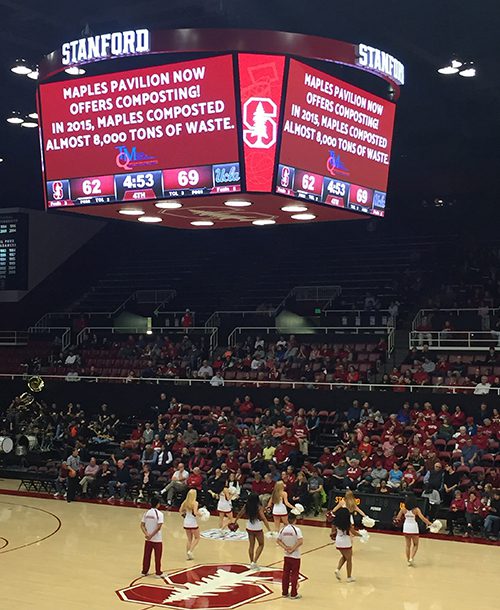
Efforts to minimize campus waste have significantly reduced the total amount of material Stanford sends to landfill: 8,190 tons in 2017, for a diversion rate of 63%, compared to a peak of 14,000 tons in 1998. This reduction is partly in thanks to new efforts in Athletics, which led to diversion of 1.5 tons diverted through food donation at Stanford Stadium and collection of double the amount of compost collected during football season from 2016. An extensive reuse program also diverted 117 tons from landfill through Stanford Surplus Property Sales.
The Zero Waste by 2030 plan is underway and will be finalized in the coming year. The plan follows the waste hierarchy of prioritizing reduction and reuse, followed by recycling and rot (compost)), and will incorporate upstream solutions related to purchasing and contracts. The new plan will also have a robust education and outreach program to engage the community so that reducing, reusing, recycling, and composting become an ingrained set of behaviors.
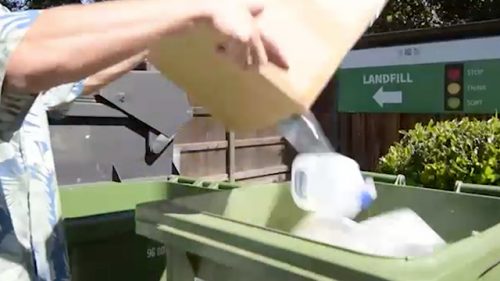
In 2017-18, Stanford reduced its landfilled waste by more than 750 tons, the lowest landfill amount generated since 2012.
Historical Waste Minimization
Expansive Efficiency and Engagement Programs
The global challenge of sustainability is an urgent one that requires action from all across campus, and engagement from faculty, staff, and students to address the problem is critical to Stanford’s success. Formed in 2008, Stanford’s Office of Sustainability (OOS) serves as the hub of sustainability programs for infrastructure planning as well as campus community engagement, so the programs collectively reduce the university’s environmental footprint in a coordinated way.
While individual departments manage specific infrastructure programs, in 2017 a majority of behavior-focused programs were streamlined for access through the My Cardinal Green platform, which just wrapped up its first complete year of implementation with nearly 3,000 active users.
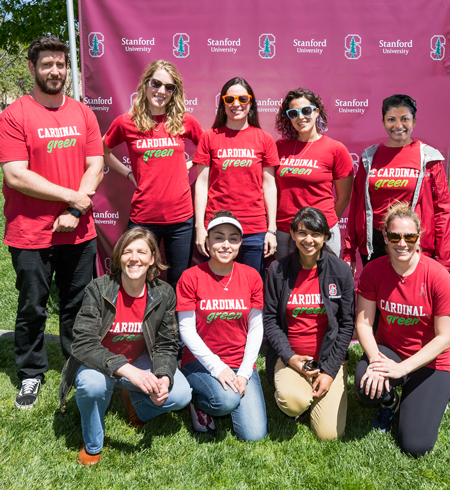
Continual assessment and evaluation of performance for individual programs, My Cardinal Green, and the broader campus, help to embed this culture of sustainability further into campus life and inform greater efficiency in operations. Beginning in 2015, the business systems group has maintained thousands of data points to monitor and analyze utility consumption on campus and identify opportunities for improvement.
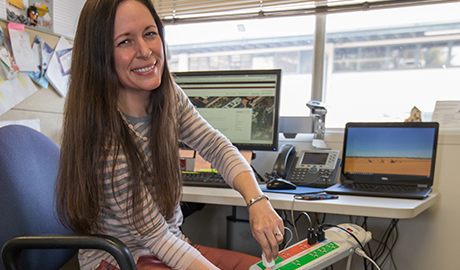
Savings from 2017 OOS sustainability programs total more than $900,000.
Streamlining and Digitizing Sustainability
Savings from 2017 OOS Sustainability programs total more than $900,000.







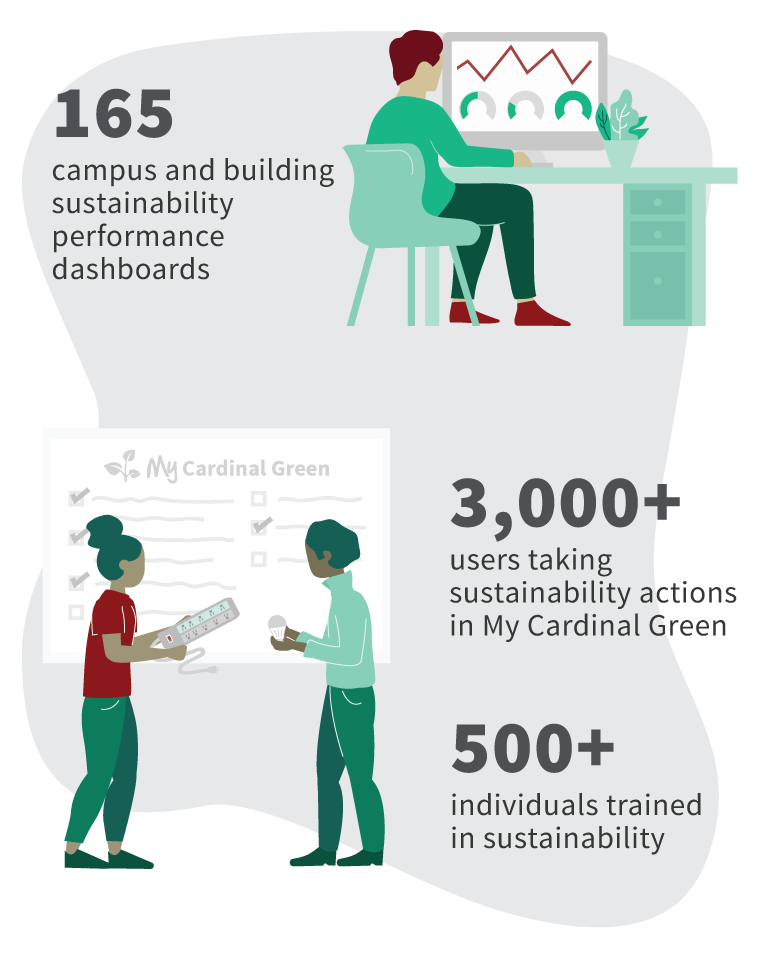
Next-Gen Energy Demand Management
Reducing energy use in existing buildings is central to creating a sustainable campus. It is also a formidable task given the growing energy needs of research universities. The Facilities Energy Management (FEM) team pursues aggressive demand-side energy management through multiple operating systems and efficiency programs aimed at optimizing the energy use of existing buildings, and incorporating best practices into all new buildings. FEM coordinates with facilities stakeholders across campus to ensure strategic implementation of programs and initiatives that can help realize high-performance opportunities. As of 2017, Stanford has reduced energy intensity on campus 25% from a 2000 baseline.

In 2017, the Integrated Controls and Analytics Program (iCAP) got underway, with the goal of unifying diverse campus networks and platforms under a single enterprise system. This allows Stanford to quickly identify utility consumption trends at both a building and a campus-wide level in order to achieve maximum savings potential from campus operations and produce flexible, customized applications that result in greater accessibility and performance insights.
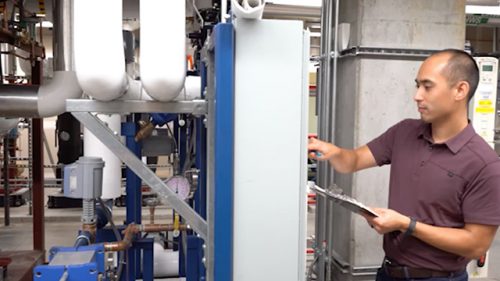
One of the larger building upgrades implemented under iCAP in 2017-18 is already reducing energy usage by nearly 40%.
Energy Demand Chart
Expanded Alternative Transportation Options
Stanford accepted Santa Clara County’s challenge to grow without adding traffic to the campus and the surrounding community beginning in 2000. The university has demonstrated a commitment to address the challenge by regularly meeting its goals for “no new net commute trips.”
The Transportation Demand Management (TDM) program spearheads development of innovative approaches for getting students, faculty, and staff to campus by means other than single-occupancy vehicles.
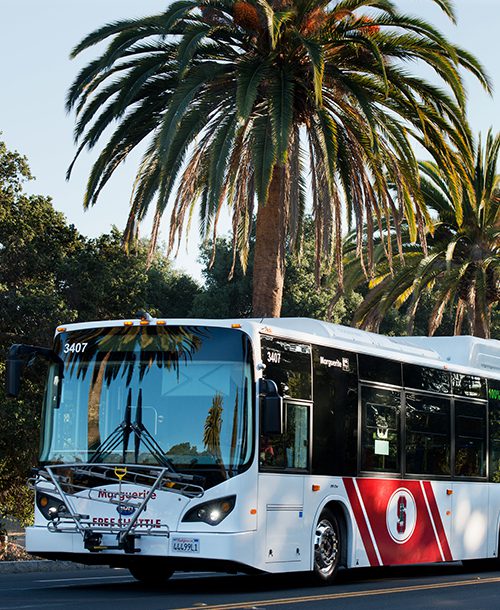
Operated through Parking and Transportation Services (P&TS), the TDM program aims to reduce university-related traffic impacts, emissions, and parking demand while the campus continues to grow at an average of 1.2% annually.
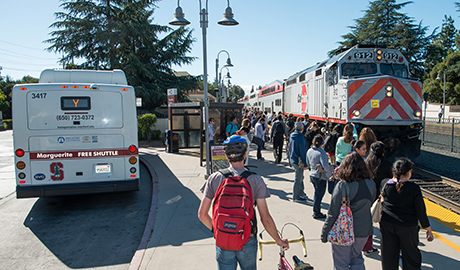
In 2017, less than half of university employees drove alone to work on a regular basis.
Employee Drive-Alone Rate
Reduced Environmental Impact from 2017-18 Transportation
In 2017, less than half of university employees drove alone to work on a regular basis.








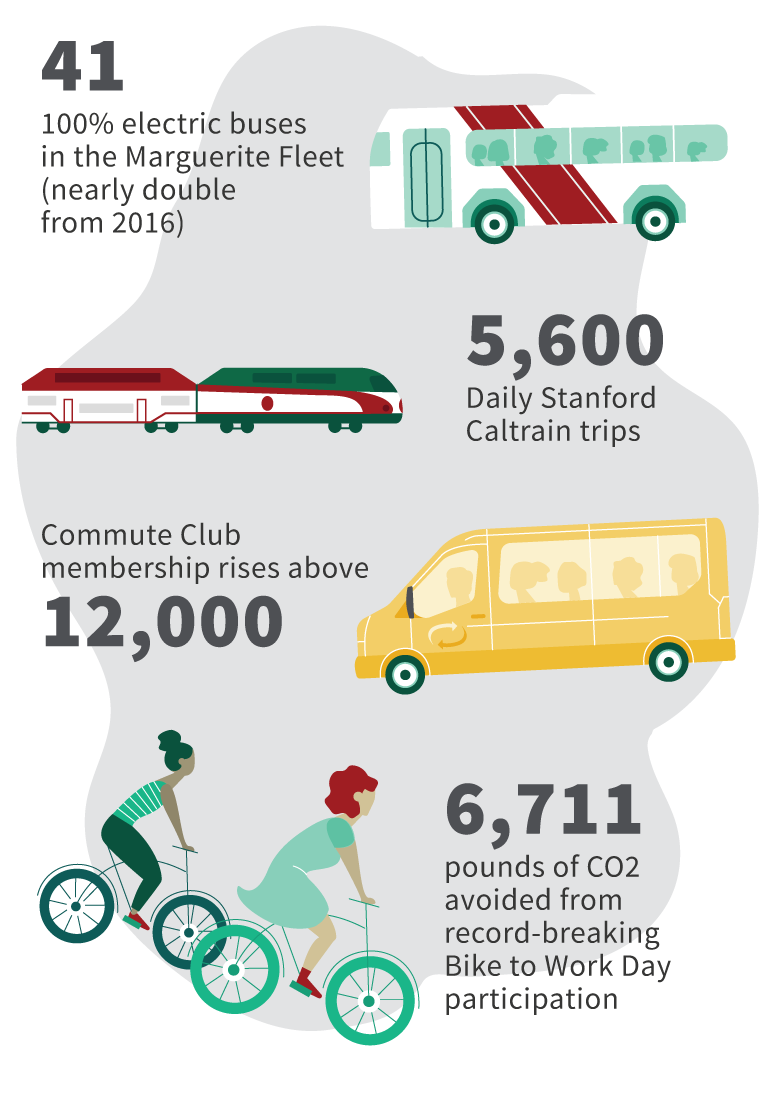
Stewarding Vital Water Resources
Stanford’s Water Resources and Civil Infrastructure (WRCI) group proactively manages available resources in multiple water systems to meet university needs while preserving ecological systems and vital resources for future generations. During the extended drought that officially ended in 2017, the university expanded its sustainable water practices and conservation efforts. An increase in water use is common, though, after a severe drought ends and behavioral conservation patterns relax. In 2017, potable water use increased by 8%, and non-potable water use increased by 21% from the previous year, which is consistent with state-wide trends.

Because local rainfall and statewide snow pack have remained below average, however, interest in conservation on campus continues to be high, and all major campus water customers have achieved significant reductions in water consumption compared to a pre-drought baseline of 2013. The WRCI group continually works to advance programs and improvements for greater efficiencies. As part of the development of a Sustainable Water Management Plan, WRCI completed nearly 20 technical studies related to alternative water supplies, demand projection, and water conservation.
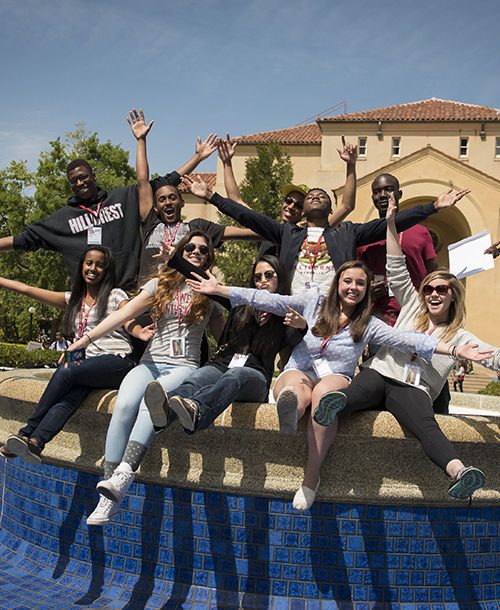

In 2017-18, more than 500 water-saving actions were completed by nearly 200 unique users in My Cardinal Green.
Water Consumption Trends
Embedding Sustainability in Food and Living
Residential & Dining Enterprises (R&DE) is home to 13,000 students, and serves 18,000 meals per day, and incorporates sustainability throughout every aspect of its service. R&DE prioritizes local, organic, humanely raised, fairly traded food, as well as food from family-owned farms and sustainable fisheries.
In 2017-18, R&DE centralized its sustainability and utilities office to ensure it takes a holistic approach in more than 300 facilities across its catering, hospitality, dining, administration, and residential divisions.
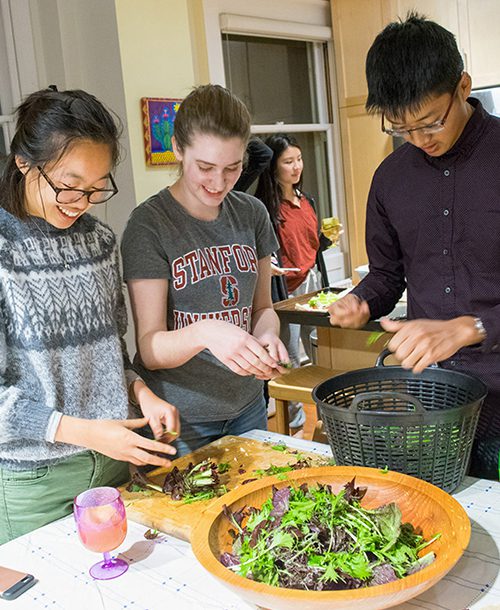
R&DE’s efforts directly influence student learning and the overall campus culture, as well as the lives of Stanford’s students as they move into new communities after graduation. The group collaborates with faculty, students, and staff to foster behavior change, reduce energy and water consumption and waste production, implement food donation programs, and integrate long-term sustainable thinking into how it operates.

Over 50 students worked with R&DE in 2017-18 to perform research, test new ideas, and implement sustainability projects in their living and eating spaces.
2017-18 Culture of Excellence










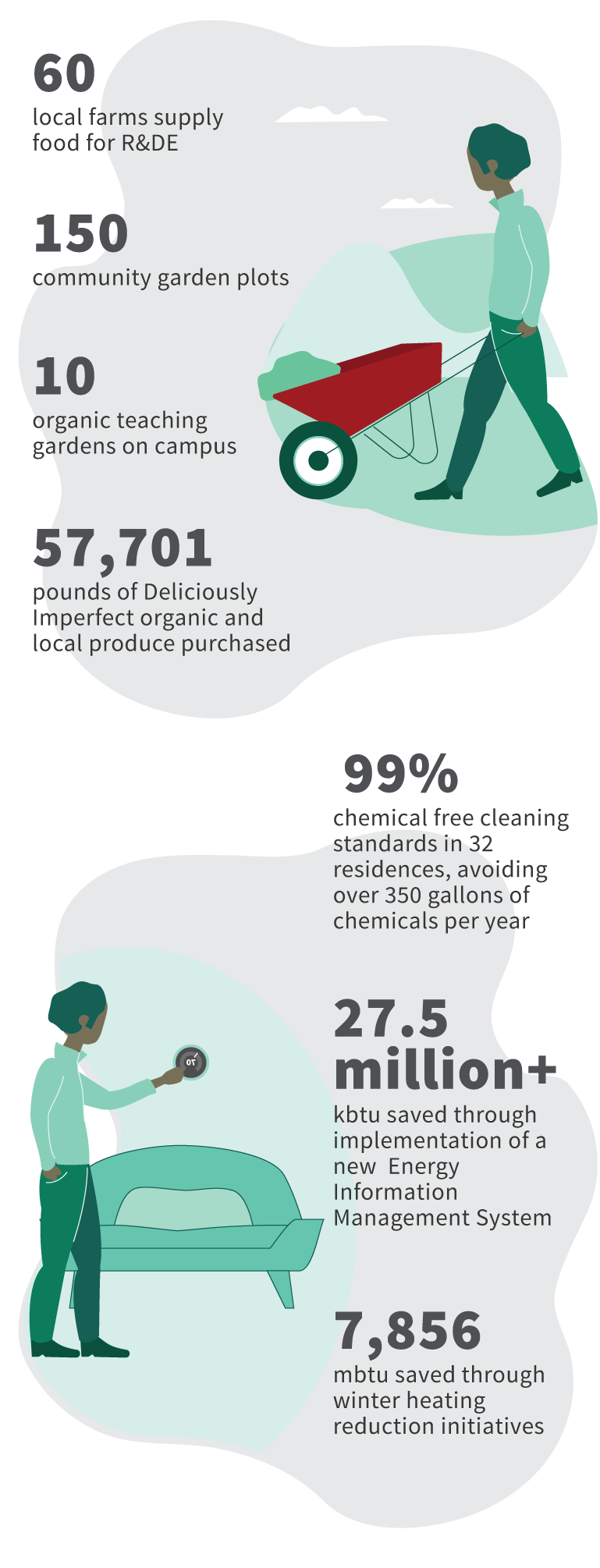
Optimizing Building Design and Construction
To evolve as an academic enterprise, Stanford strives to create nimble structures that empower cross-disciplinary collaboration and spark new approaches to solve urgent problems. To do so, the university must maintain its leadership in sustainable buildings and accelerate application of sustainability practices in the built environment. The Department of Project Management (DPM) oversees major construction on campus; it has embraced a new method of benchmarking that allows for a more holistic—and more rigorous—method for designing high-performance buildings. The whole-building performance targets are derived specifically for each new building coming online and ensure that each new building performs better than the last.
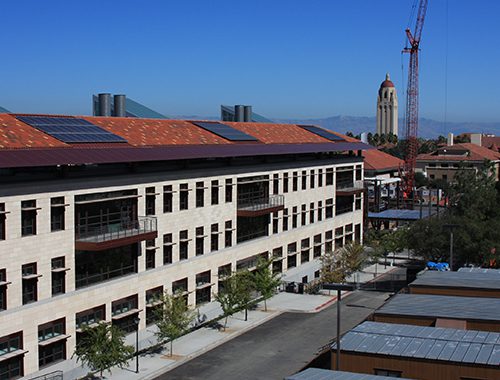
Because the whole-building energy targets capture all energy loads of a building, not just those regulated by code, the design team has more flexibility in meeting targets, and the operations team has a much better understanding of how much energy the building should be consuming. These changes have contributed to all Stanford buildings operating at a LEED gold standard.
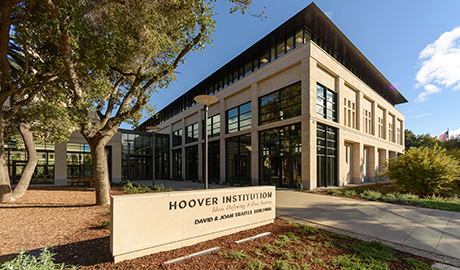
In 2017-18 three new buildings came online utilizing the whole building performance targets.
Sustainable Features of New Construction in 2018 Include:








